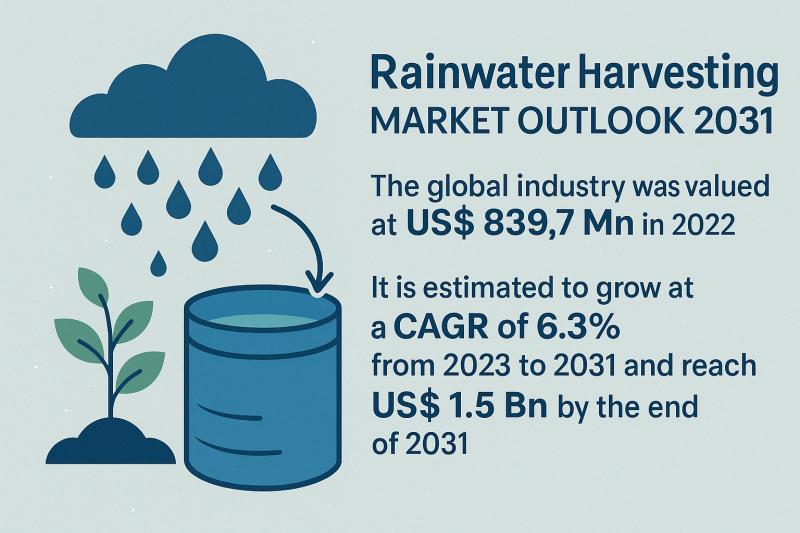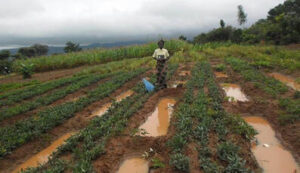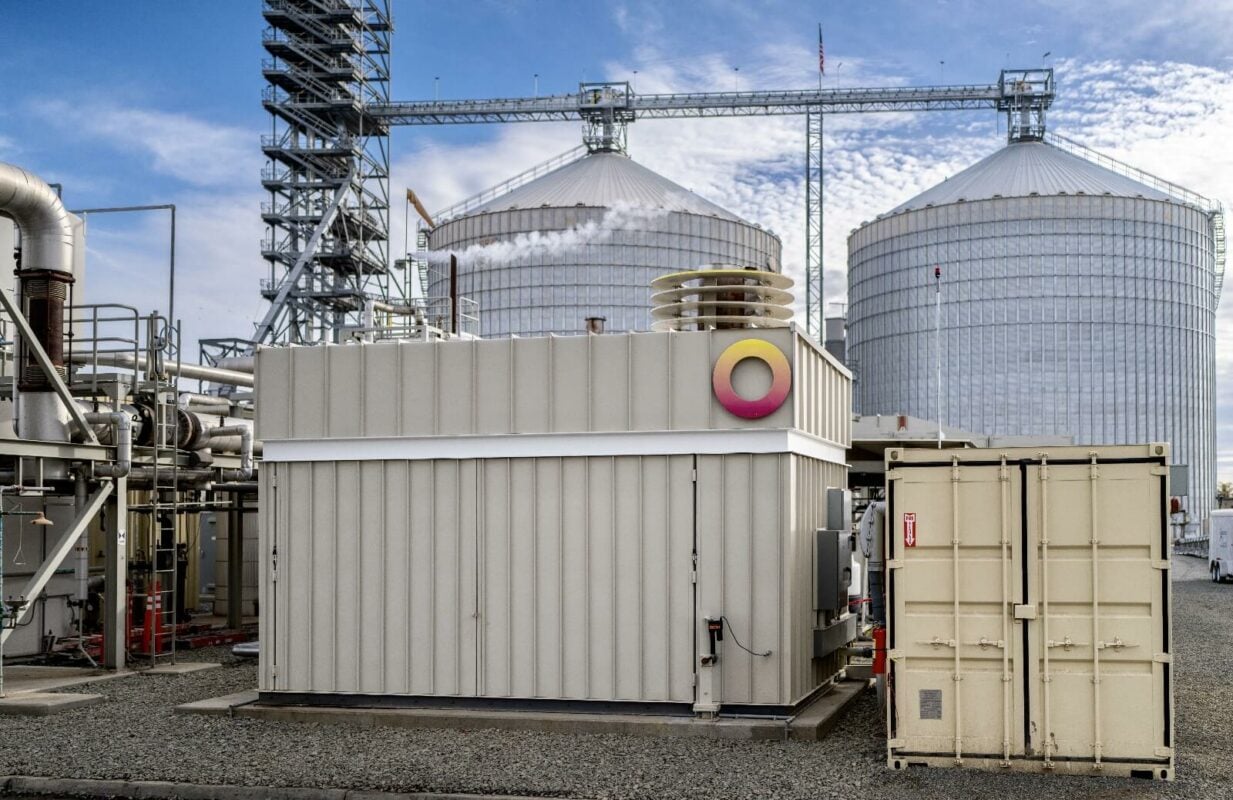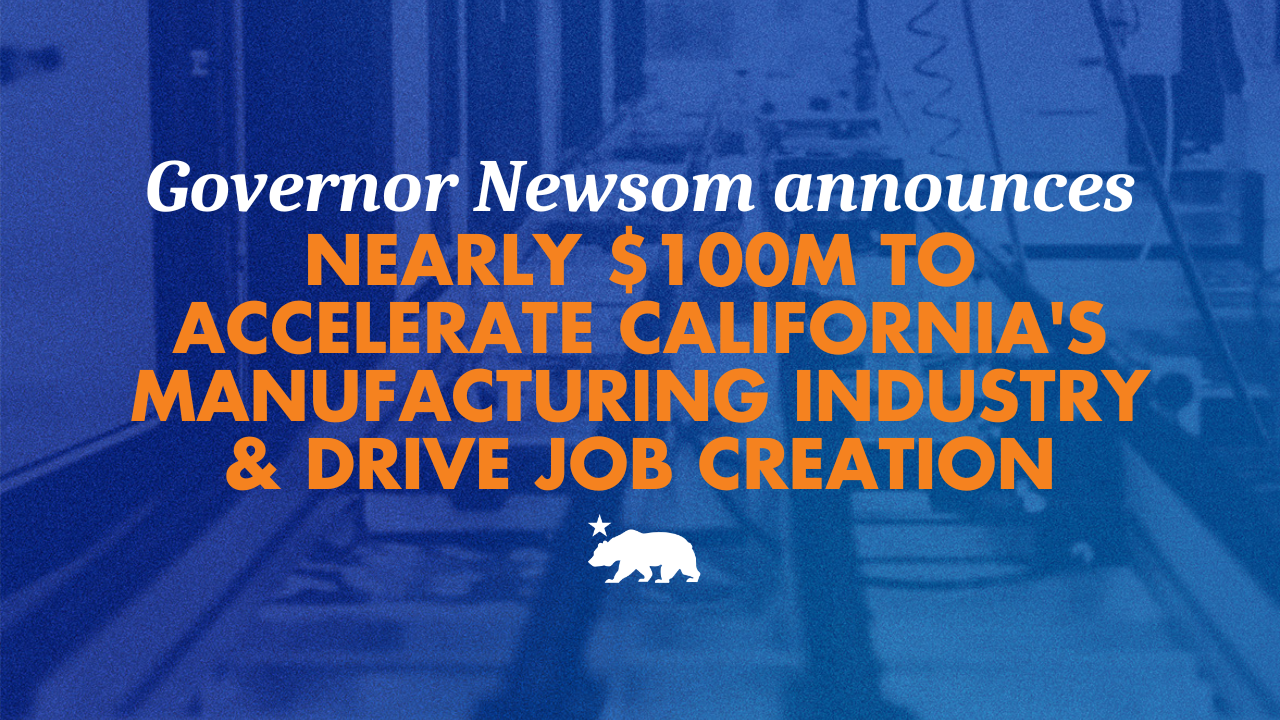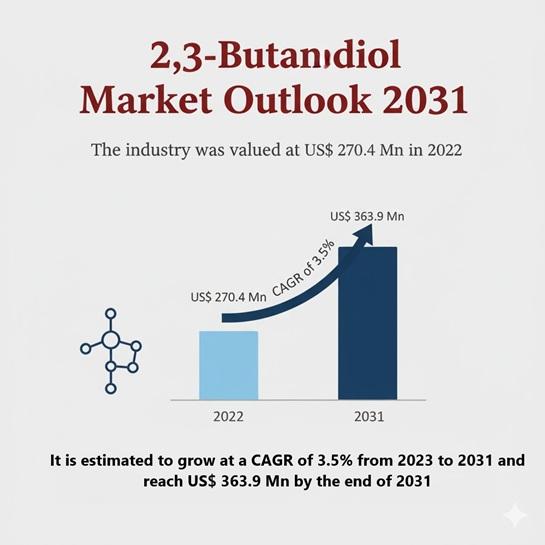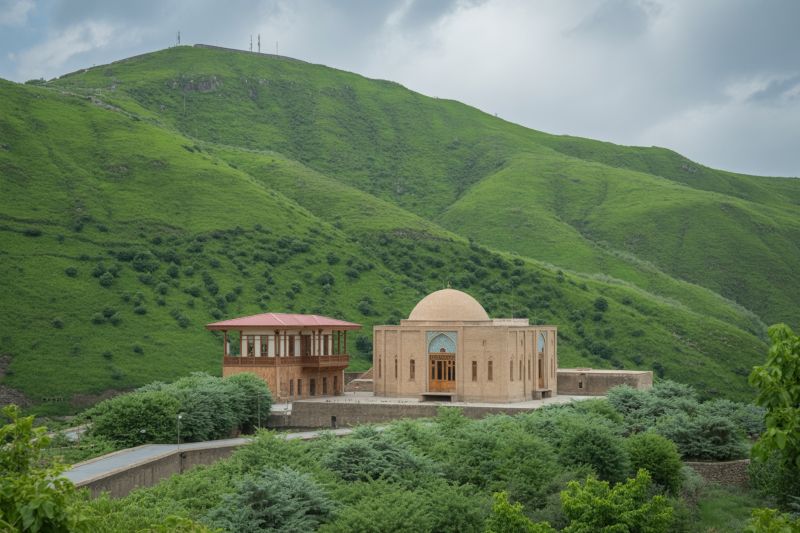How Sundance’s move can benefit western, rural Colorado – The Grand Junction Daily Sentinel

Sundance Institute Relocation to Colorado: An Analysis of its Alignment with Sustainable Development Goals
Executive Summary
The Sundance Institute’s decision to relocate its iconic film festival from Park City, Utah, to Boulder, Colorado, effective early 2027, represents a significant development for the state’s creative economy. This report analyzes the move’s anticipated impacts through the lens of the United Nations Sustainable Development Goals (SDGs), focusing on economic growth, inequality reduction, quality education, and strategic partnerships. The relocation, supported by state-level legislative action and philanthropic efforts, is poised to generate statewide benefits that extend beyond the host city to rural and marginalized communities, directly contributing to several key SDG targets.
Fostering Decent Work and Economic Growth (SDG 8)
The relocation is underpinned by strategic state initiatives designed to stimulate sustainable economic growth and create decent work within the creative industries. These actions directly align with the objectives of SDG 8.
- The Colorado Film Incentive: A recently passed legislative measure provides a 20% tax credit for film and television productions, increasing to 22% for projects that utilize state infrastructure or are based in rural or marginalized urban areas.
- Projected Economic Impact: The tax credit, amounting to approximately $5 million annually over five years, is expected to attract a significant portion of the multi-billion dollar global film industry. This will increase production activities and generate direct economic benefits for communities across Colorado, particularly outside the Denver Metro Area, where 60% of incentivized productions already occur.
- Strengthening Local Creative Economies: The state has also allocated $500,000 per year to support Colorado’s approximately 50 existing film festivals. This financial bolstering enhances the resilience and growth of local cultural events, contributing to a more robust and diversified creative economy.
Reducing Inequalities and Building Sustainable Communities (SDG 10 & SDG 11)
A core principle of the Sundance relocation strategy is the equitable distribution of opportunities, with a pronounced focus on reducing regional and social inequalities.
- Rural and Western Slope Development: The Sundance Institute has committed to a statewide presence, ensuring communities like Grand Junction and the broader Western Slope participate in and benefit from programming. The enhanced tax credit for rural productions directly incentivizes investment in these regions.
- Support for Indigenous Communities: The Sundance Institute has expressed specific interest in developing film opportunities in partnership with tribal reservations in western Colorado, promoting cultural heritage and providing economic pathways for Indigenous peoples, in line with SDG 10’s goal of empowering and promoting the social and economic inclusion of all.
- Revitalizing Regional Identity: Stakeholders aspire to revive western Colorado’s historical role in filmmaking, fostering a sustainable cultural and economic identity that can attract further investment and development, contributing to the goals of SDG 11.
Ensuring Quality Education and Lifelong Learning (SDG 4)
The partnership with the Sundance Institute is set to create significant educational and career development opportunities, aligning with SDG 4’s mission to ensure inclusive and equitable quality education.
- Academic and Vocational Partnerships: There is a clear potential for Sundance to partner with and expand educational offerings at institutions across the state. This includes:
- Two-year and four-year collegiate programs, such as the one at Colorado Mesa University (CMU).
- Vocational initiatives like the Mesa County-based Film Exposure Program.
- Career Pathway Development: The presence of a world-class institution like Sundance will enhance career pathways for students, providing hands-on experience, networking, and exposure to the global film industry, thereby bridging the gap between education and employment.
Strengthening Partnerships for the Goals (SDG 17)
The successful bid to relocate the Sundance Film Festival exemplifies a multi-stakeholder partnership model crucial for achieving sustainable development, as outlined in SDG 17.
The collaboration involved a diverse group of actors:
- State Government: The Colorado Office of Film, Television and Media (OEDIT) and the state legislature provided the foundational policy and financial incentives.
- The Sundance Institute: The non-profit organization committed to a vision of statewide growth and community integration.
- Private Philanthropy: The “Friends of Sundance” program, supported by significant donations from individuals like Stephen Hillard, provided crucial private-sector funding.
- Local Economic Bodies: Organizations such as the Grand Junction Economic Partnership (GJEP) are actively planning to partner with creative industries to maximize local economic impact and ensure benefits are realized at the community level.
This coalition demonstrates a successful framework for leveraging public, private, and non-profit resources to achieve ambitious economic, social, and cultural objectives.
SDGs Addressed in the Article
- SDG 4: Quality Education
- SDG 8: Decent Work and Economic Growth
- SDG 10: Reduced Inequalities
- SDG 11: Sustainable Cities and Communities
- SDG 17: Partnerships for the Goals
Specific SDG Targets Identified
-
SDG 4: Quality Education
- Target 4.4: By 2030, substantially increase the number of youth and adults who have relevant skills, including technical and vocational skills, for employment, decent jobs and entrepreneurship.
Explanation: The article highlights Sundance’s commitment to educational programming and labs. It specifically mentions initiatives aimed at increasing student involvement in film production, such as the “Film Exposure Program which was born and bred in Mesa County,” and potential partnerships with “collegiate programs like what’s offered at CMU and other schools throughout the state in two-year and four-year institutions.” This directly supports the development of technical and vocational skills for career pathways in the film industry.
- Target 4.4: By 2030, substantially increase the number of youth and adults who have relevant skills, including technical and vocational skills, for employment, decent jobs and entrepreneurship.
-
SDG 8: Decent Work and Economic Growth
- Target 8.2: Achieve higher levels of economic productivity through diversification, technological upgrading and innovation, including through a focus on high-value added and labour-intensive sectors.
Explanation: The article focuses on boosting a high-value-added sector: the film and television industry. The state’s investment and the arrival of Sundance are intended to make Colorado a place to “make films and television and content,” thereby diversifying the state’s economy and increasing economic productivity. - Target 8.3: Promote development-oriented policies that support productive activities, decent job creation, entrepreneurship, creativity and innovation.
Explanation: The passing of the “Colorado Film Incentive,” which provides tax credits for productions, is a clear development-oriented policy designed to support creativity, innovation, and job creation in the film industry. - Target 8.9: By 2030, devise and implement policies to promote sustainable tourism that creates jobs and promotes local culture and products.
Explanation: The Sundance Film Festival itself is a major cultural tourism event. The article notes that legislative action also bolstered financial benefits for all of the state’s film festivals, supporting “roughly 50 other events.” This promotes local culture and creates jobs through tourism.
- Target 8.2: Achieve higher levels of economic productivity through diversification, technological upgrading and innovation, including through a focus on high-value added and labour-intensive sectors.
-
SDG 10: Reduced Inequalities
- Target 10.2: By 2030, empower and promote the social, economic and political inclusion of all, irrespective of… origin, religion or economic or other status.
Explanation: The article repeatedly emphasizes that the festival’s benefits will be statewide, with a specific focus on extending opportunities beyond the Denver Metro Area to “communities like Grand Junction or other communities on the Western Slope.” The tax incentive is higher for productions in “rural or marginalized urban areas.” Furthermore, the article mentions Sundance’s interest in “developing Indigenous film opportunities with tribal reservations in western Colorado,” directly addressing the inclusion of specific communities.
- Target 10.2: By 2030, empower and promote the social, economic and political inclusion of all, irrespective of… origin, religion or economic or other status.
-
SDG 11: Sustainable Cities and Communities
- Target 11.4: Strengthen efforts to protect and safeguard the world’s cultural and natural heritage.
Explanation: The state’s initiative provides “$500,000 per year allocated for existing Colorado festivals,” supporting approximately 50 film festivals across the state. This action helps safeguard and promote local cultural events and heritage. The plan to develop “Indigenous film opportunities” also contributes to safeguarding the cultural heritage of tribal communities.
- Target 11.4: Strengthen efforts to protect and safeguard the world’s cultural and natural heritage.
-
SDG 17: Partnerships for the Goals
- Target 17.17: Encourage and promote effective public, public-private and civil society partnerships.
Explanation: The entire effort described in the article is a multi-stakeholder partnership. It involves the Sundance Institute (a private non-profit), the Colorado state government (Colorado Office of Film, Television and Media; Gov. Jared Polis), private philanthropy (“Stephen Hillard… donated $1.3 million to Friends of Sundance”), and local economic development organizations (“Grand Junction Economic Partnership (GJEP)”). This collaboration is a prime example of a public-private-civil society partnership.
- Target 17.17: Encourage and promote effective public, public-private and civil society partnerships.
Indicators for Measuring Progress
-
SDG 4: Quality Education
- Implied Indicator: Number of students and educational institutions (e.g., CMU, two-year/four-year institutions) participating in Sundance-related educational programming, labs, and career pathway initiatives like the Film Exposure Program.
Explanation: The article discusses expanding educational offerings and partnerships with schools, implying that tracking the number of participants and partner institutions would be a measure of success.
- Implied Indicator: Number of students and educational institutions (e.g., CMU, two-year/four-year institutions) participating in Sundance-related educational programming, labs, and career pathway initiatives like the Film Exposure Program.
-
SDG 8: Decent Work and Economic Growth
- Mentioned Indicator: Amount of financial incentives provided. The article specifies the “expanded tax credit amounts to roughly $5 million per year over the next five years” and provides “$500,000 per year allocated for existing Colorado festivals.”
- Mentioned Indicator: Percentage of productions located in rural areas. The article states, “About 60% of productions incentivized through the Office of Film, Television and Media takes place outside of the Denver Metro Area.” This can be tracked to see if it increases.
- Implied Indicator: Direct economic impact and number of film/television productions in the state. The article mentions the goal is to see a “direct economic benefit” and an “increase in filming in the state.”
-
SDG 10: Reduced Inequalities
- Implied Indicator: Number and type of Sundance-related events and economic opportunities created in rural areas (e.g., Grand Junction, Western Slope) and marginalized urban areas.
Explanation: The commitment to a “statewide influence” and “distribution of opportunities” in rural areas implies that progress would be measured by the actual establishment of these events and opportunities. - Implied Indicator: Number of Indigenous film projects or programs developed in partnership with tribal reservations.
Explanation: The specific mention of developing these opportunities suggests that their creation and number would be a key indicator of progress.
- Implied Indicator: Number and type of Sundance-related events and economic opportunities created in rural areas (e.g., Grand Junction, Western Slope) and marginalized urban areas.
-
SDG 11: Sustainable Cities and Communities
- Mentioned Indicator: Number of local film festivals receiving financial support. The article states the office supports “around 50 film festivals a year.” This number can be tracked.
-
SDG 17: Partnerships for the Goals
- Mentioned Indicator: Amount of private funding raised. The article explicitly states a private entrepreneur “donated $1.3 million to Friends of Sundance.”
- Implied Indicator: Number of active partners involved from public, private, and civil society sectors (e.g., Sundance Institute, State of Colorado, GJEP, private donors).
SDGs, Targets and Indicators
| SDGs | Targets | Indicators |
|---|---|---|
| SDG 4: Quality Education | 4.4: Increase the number of youth and adults with relevant technical and vocational skills for employment. |
|
| SDG 8: Decent Work and Economic Growth |
8.2: Achieve higher levels of economic productivity through diversification.
8.3: Promote development-oriented policies that support entrepreneurship, creativity and innovation. 8.9: Promote sustainable tourism that creates jobs and promotes local culture. |
|
| SDG 10: Reduced Inequalities | 10.2: Empower and promote the social and economic inclusion of all. |
|
| SDG 11: Sustainable Cities and Communities | 11.4: Strengthen efforts to protect and safeguard cultural heritage. |
|
| SDG 17: Partnerships for the Goals | 17.17: Encourage and promote effective public, public-private and civil society partnerships. |
|
Source: gjsentinel.com

What is Your Reaction?
 Like
0
Like
0
 Dislike
0
Dislike
0
 Love
0
Love
0
 Funny
0
Funny
0
 Angry
0
Angry
0
 Sad
0
Sad
0
 Wow
0
Wow
0








